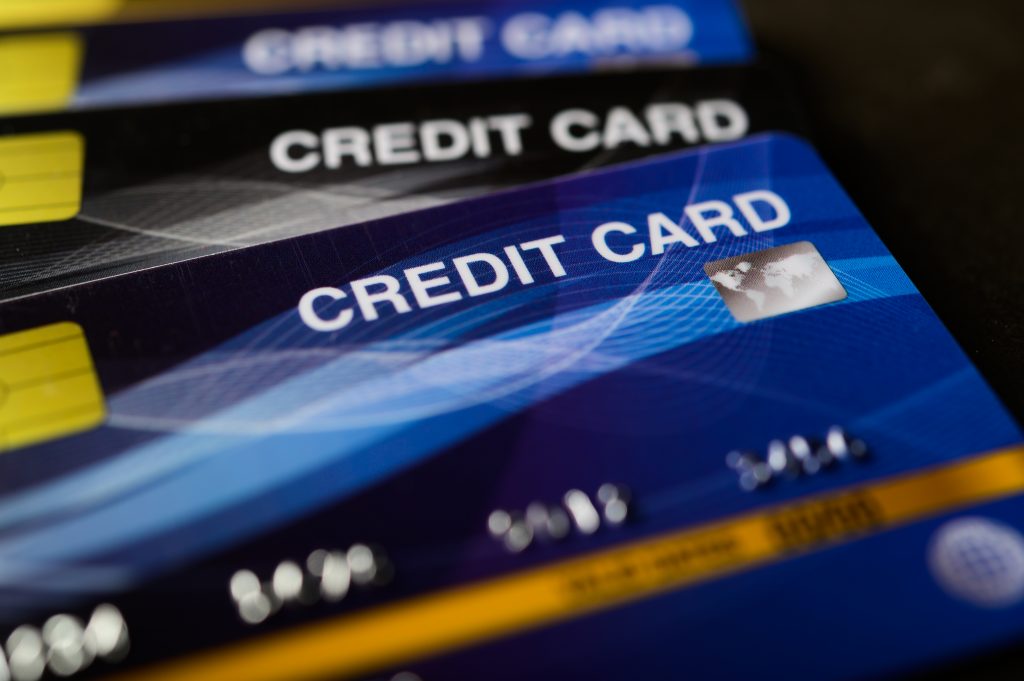The Transportation Security Administration (TSA) reported that U.S. passenger traffic is only 27% of what it was last year, which indicates that many travel-related co-branded credit cards will not have the panache of prior years.
As the WSJ indicated, loyalty programs and credit cards delivered 15.3% of Southwest Airlines’ total revenue, 11.8% of American Airlines, 9.3% of United Airlines, and 8.8% of Delta.
When you consider these two sets of numbers, the reduction in air travel and the importance of credit card co-brands, it is no surprise to see non-travel co-brand cards as hot properties. No, you probably might not want to get on an airplane or stay in a hotel for a while, but you will need to update your car in the next couple of years.
Although the card does not offer cashback options, which is a growing trend in co-brands, as Mercator Advisory Group pointed out in recent research, the card provides an opportunity for forced savings.
There is much coverage on GM shopping its co-brand relationship, which is currently with Capital One. The current GM/Capital One offering is excellent, with 5% rewards on the first $5,000 in purchases, then 2% after that.
GM’s move to shop the card will not break the bank at Capital One. Capital One had a substantial win in 2019 when they wrestled with the Walmart co-brand from Synchrony. Synchrony indeed recovered, and then some, with significant revenue and a few big wins.
Marketwatch pegs the GM at $3 billion in credit card outstanding balances, which suggests the portfolio has nearly 1 million active accounts. This makes the partnership attractive to card issuers. Still, the downside is that it locks you into a GM automobile. The upside is that if you play your points right, you can bank away a reasonable $3,000 -$5000 for your next vehicle.
The scuttlebutt is that Goldman Sachs is on the shortlist of partners. They will have to face off with other large co-brand issuers such as Barclaycard, Chase, Citi, and Synchrony, although Capital One is not out of the picture. Synchrony played its cards well when the company chose not to chase Walmart’s co-brand, but Goldman Sachs is in a growth mode and might be willing to pay the terms for the GM card account base.
Either way, it is not a bad time for GM to shop its card relationship; the company brings girth and a loyal following. Since it might be a while before you whip out your Delta Airlines/American Express card in hopes of saving towards your next trip, the GM card might be a better option. From where Goldman sits, its card and unsecured book is now $46 billion, with a YTD loan loss provision of $1.6 billion, suggesting the company is more than ready to get in the co-brand ring. With the Apple card up and running, timing may be right.
Capital One has not left the table, but I bet it learned something after its Walmart card win from Synchrony: Stay disciplined during negotiations, and remember the partner needs the card relationship as much as the issuer.
Overview by Brian Riley, Director, Credit Advisory Service at Mercator Advisory Group
